Yue Xiang
Cerberus: A Deep Learning Hybrid Model for Lithium-Ion Battery Aging Estimation and Prediction Based on Relaxation Voltage Curves
Aug 15, 2023


Abstract:The degradation process of lithium-ion batteries is intricately linked to their entire lifecycle as power sources and energy storage devices, encompassing aspects such as performance delivery and cycling utilization. Consequently, the accurate and expedient estimation or prediction of the aging state of lithium-ion batteries has garnered extensive attention. Nonetheless, prevailing research predominantly concentrates on either aging estimation or prediction, neglecting the dynamic fusion of both facets. This paper proposes a hybrid model for capacity aging estimation and prediction based on deep learning, wherein salient features highly pertinent to aging are extracted from charge and discharge relaxation processes. By amalgamating historical capacity decay data, the model dynamically furnishes estimations of the present capacity and forecasts of future capacity for lithium-ion batteries. Our approach is validated against a novel dataset involving charge and discharge cycles at varying rates. Specifically, under a charging condition of 0.25C, a mean absolute percentage error (MAPE) of 0.29% is achieved. This outcome underscores the model's adeptness in harnessing relaxation processes commonly encountered in the real world and synergizing with historical capacity records within battery management systems (BMS), thereby affording estimations and prognostications of capacity decline with heightened precision.
Efficient Informed Proposals for Discrete Distributions via Newton's Series Approximation
Feb 27, 2023
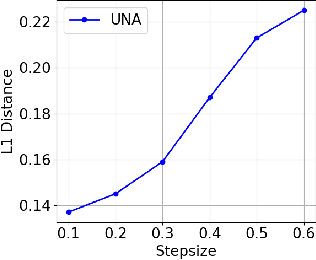
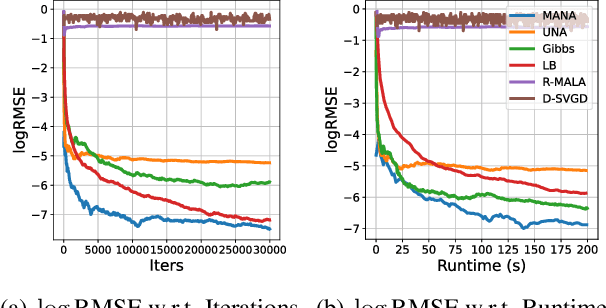

Abstract:Gradients have been exploited in proposal distributions to accelerate the convergence of Markov chain Monte Carlo algorithms on discrete distributions. However, these methods require a natural differentiable extension of the target discrete distribution, which often does not exist or does not provide effective gradient guidance. In this paper, we develop a gradient-like proposal for any discrete distribution without this strong requirement. Built upon a locally-balanced proposal, our method efficiently approximates the discrete likelihood ratio via Newton's series expansion to enable a large and efficient exploration in discrete spaces. We show that our method can also be viewed as a multilinear extension, thus inheriting its desired properties. We prove that our method has a guaranteed convergence rate with or without the Metropolis-Hastings step. Furthermore, our method outperforms a number of popular alternatives in several different experiments, including the facility location problem, extractive text summarization, and image retrieval.
Investigation of stellar magnetic activity using variational autoencoder based on low-resolution spectroscopic survey
Jun 16, 2022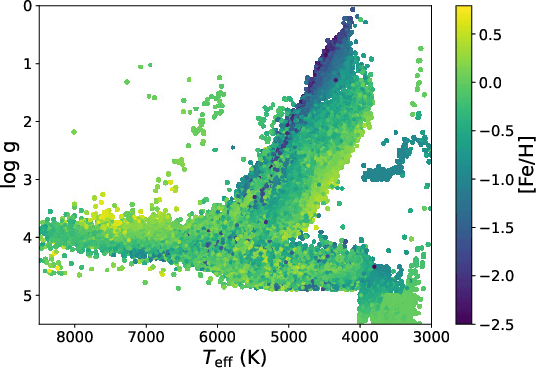

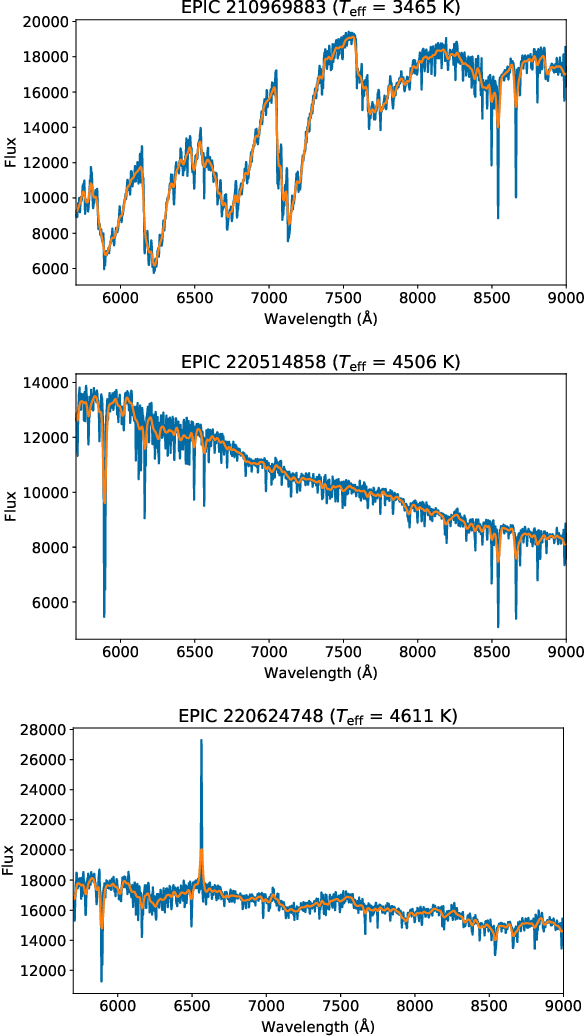
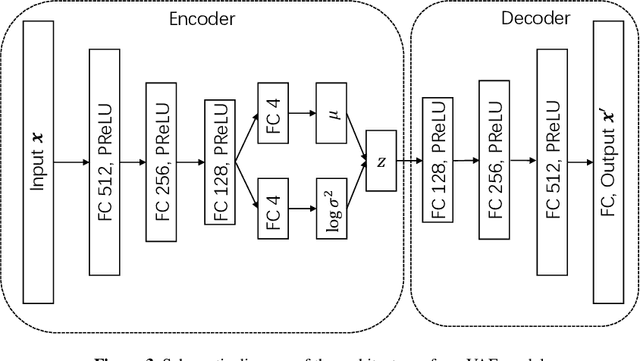
Abstract:We apply the variational autoencoder (VAE) to the LAMOST-K2 low-resolution spectra to detect the magnetic activity of the stars in the K2 field. After the training on the spectra of the selected inactive stars, the VAE model can efficiently generate the synthetic reference templates needed by the spectral subtraction procedure, without knowing any stellar parameters. Then we detect the peculiar spectral features, such as chromospheric emissions, strong nebular emissions and lithium absorptions, in our sample. We measure the emissions of the chromospheric activity indicators, H$\alpha$ and Ca$~{\rm {\small II}}$ infrared triplet (IRT) lines, to quantify the stellar magnetic activity. The excess emissions of H$\alpha$ and Ca$~{\rm {\small II}}$ IRT lines of the active stars are correlated well to the rotational periods and the amplitudes of light curves derived from the K2 photometry. We degrade the LAMOST spectra to simulate the slitless spectra of the planned China Space Station Telescope (CSST) and apply the VAE to the simulated data. For cool active stars, we reveal a good agreement between the equivalent widths (EWs) of H$\alpha$ line derived from the spectra with two resolutions. The result indicates the ability of identifying the magnetically active stars in the future CSST survey, which will deliver an unprecedented large database of low-resolution spectra as well as simultaneous multi-band photometry of stars.
 Add to Chrome
Add to Chrome Add to Firefox
Add to Firefox Add to Edge
Add to Edge